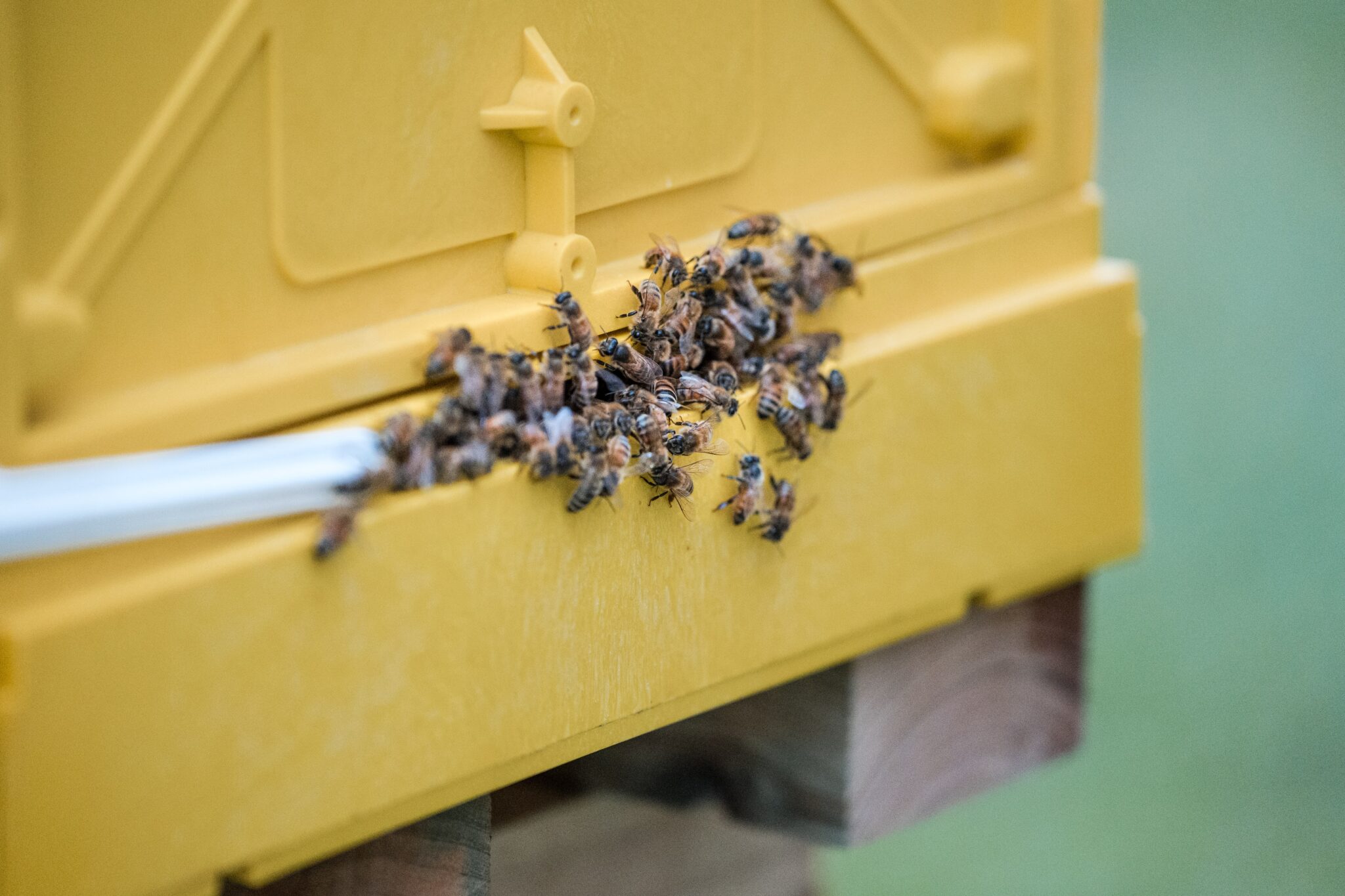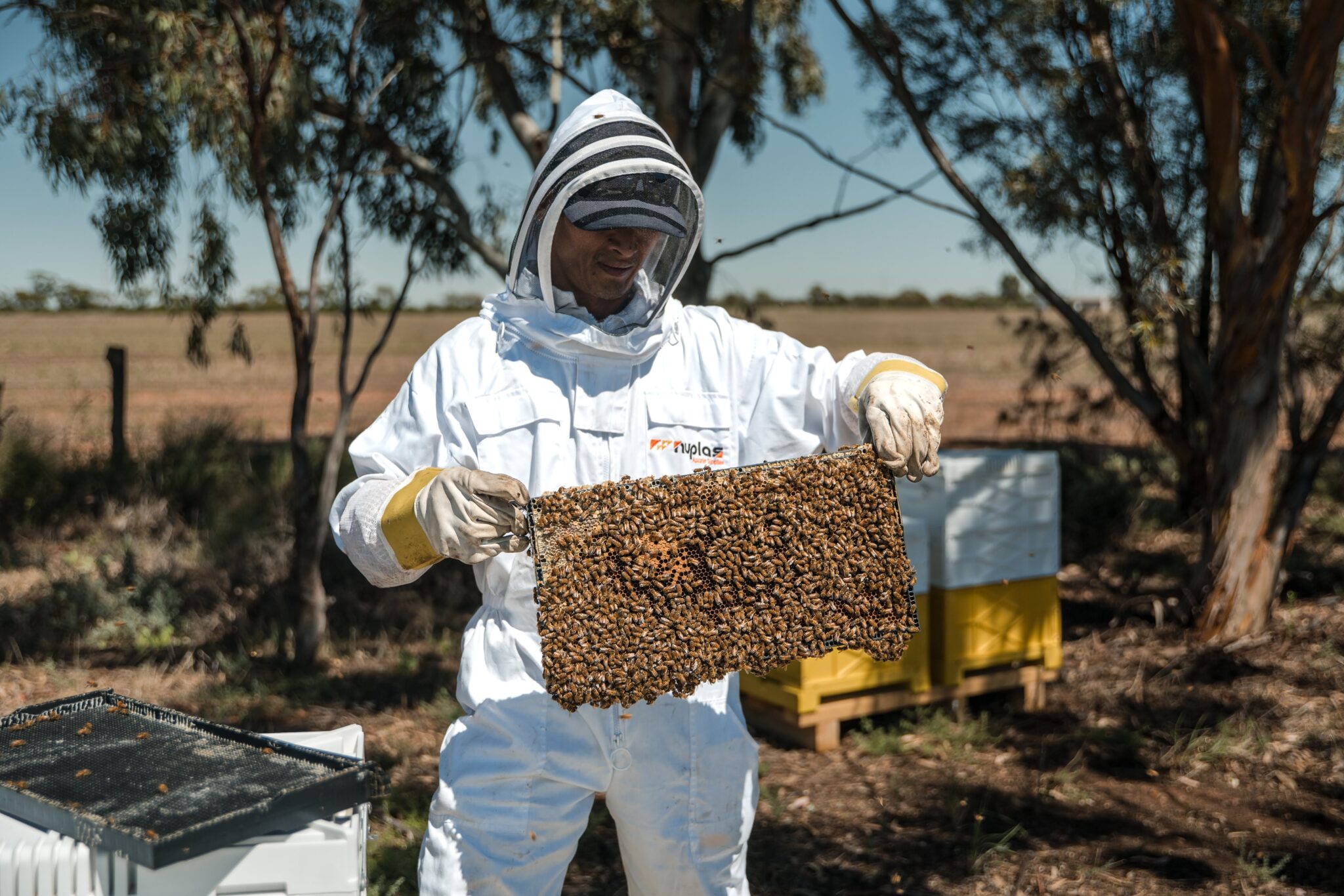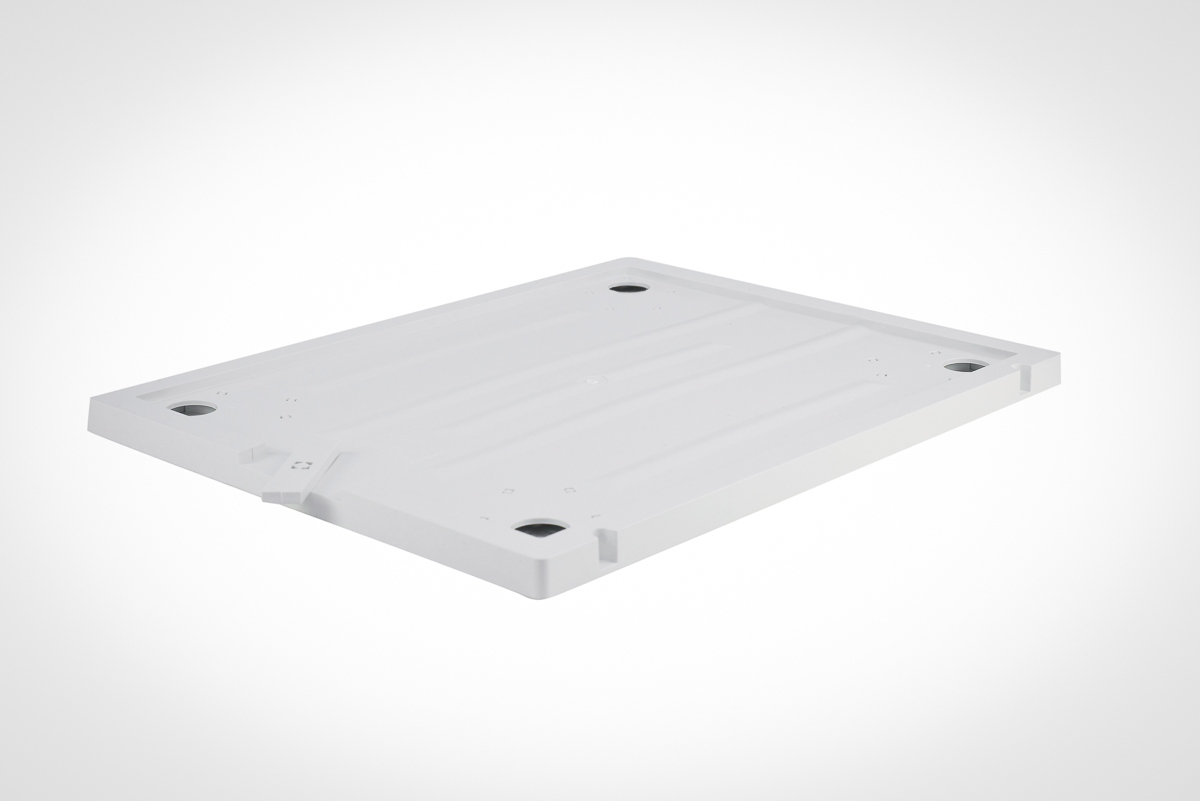Swarming is a natural reproductive process in the lifecycle of honeybee colonies. It occurs when a portion of the hive, including the queen, relocates to establish a new colony. While this is a completely normal event for most colonies to experience, it can provide challenges for beekeepers and the local environment. Read below for the swarming signs you need to look out for and our top tips to control swarming. Controlling swarming within your hives is not only beneficial to you but also to your hives and the environment.

What To Look Out For
New Queen Cells
One of the leading indicators of possible swarming is the presence of any queen cells. Queen cells can be identified by their long vertical shape and will appear on the edges or the comb’s faces.
Congestion
Swarming might occur if your hives become so crowded that the queen lacks space to lay eggs.
More Drones
A noticeable increase in the amount of drones being produced can suggest that your colony is preparing to swarm.
Behavioural Changes
If your bees are becoming more agitated or active around the hive entrance, you should be prepared for possible swarming.
How To Control Swarming

Inspect Your Hives
Now that the weather is warmer, you can inspect your hives more frequently than in winter. During regular hive inspections, you should be on the lookout for new queen cells, assess brood patterns, and check for signs of congestion, as these may all lead to swarming.
Expand Your Hive Space
Giving your hive additional space to grow will help reduce the chance of swarming. You can do this by adding more supers (boxes on the hive) or more frames to give your queen more space to lay eggs.
Split The Colony
If you find yourself with a populous colony, you can split it into two smaller colonies to prevent swarming. To split colonies, remove some brood frames, nurse bees and the existing queen to create a new colony. The bees in the original colony will rear a new queen to take over. Or better still, you can introduce a new mated queen with new genetics.

Use a Clear/ Divider Board
This method of splitting the colony separates the queen from the brood by moving the queen and some brood frames to a new box. The Clear/ Divider Board separates the two boxes, which prevents the queen from accessing the original box.
Requeen
To requeen your hive, replace the older queen with a younger, more productive queen. Young queens are less likely to swarm and improve the colony’s temperament and productivity. It’s recommended to requeen every one to two years to maintain optimal colony health.
Use Swarm Traps
Swarm traps contain old comb or a swarm attractant. When placed strategically, they provide a place for swarming bees to settle temporarily, making it easier to capture and manage the swarm.
As beekeepers, we have a responsibility to practise swam control techniques to protect our hives and the wider environment. See the Australian Honeybee Industry Biosecurity Code of Practice for guidelines on swarm control and to learn more about how to protect your colonies from swarming this spring/ summer. Make sure you check out our website for swarming accessories like our 5 Frame nuc hive, Clearer/Divider Board and our Swarm Catcher with 5m Telescopic Handle.
